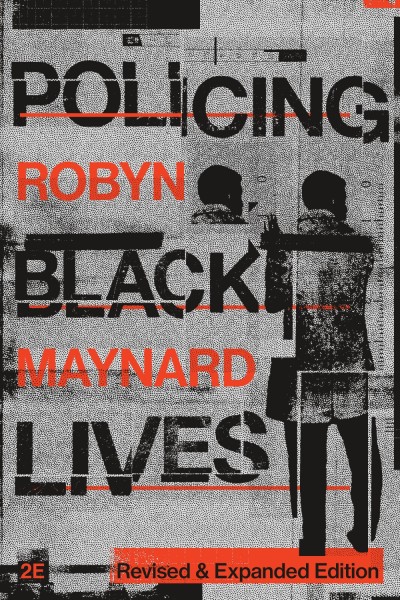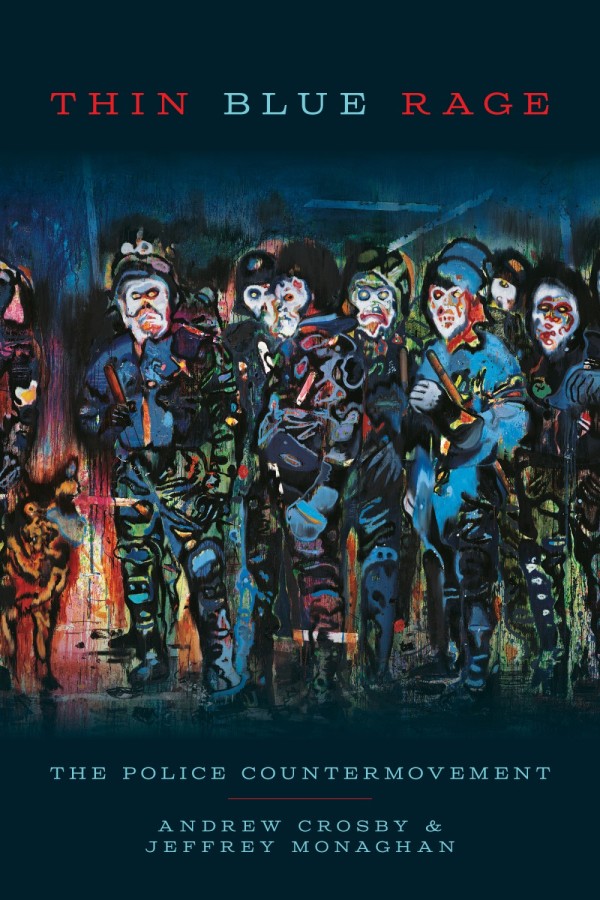
Thin Blue Rage
The Police Countermovement
Thin Blue Rage analyzes police as a social movement through exploring policing’s ideological dimensions, communications practices, political campaigning, and violence work.
About the book
Policing agencies in Canada continue to face criticism over their outsized use of violence in response to encampments of unhoused people, protests against police brutality, and sites of environmental activism and Indigenous land defence. Feeling victimized and misunderstood, police officers increasingly rally behind the idea of a “thin blue line,” characterizing themselves as guardians of civilization against disorder — with poor, racialized, and progressive people squarely on the wrong side of the line.
With meticulous historical, theoretical, and empirical detail, this deeply researched text recasts police as a social movement-in-power rather than a neutral public institution. It explores key debates in policing literature alongside contemporary examples of policing’s ideological dimensions, including communications practices, membership structures, and political campaigning. Linking police identity with far-right perceptions of victimhood and alienation, Thin Blue Rage analyzes police’s defensive anger towards a public they see as not understanding or supporting how they function.
What people are saying
Elizabeth Comack, distinguished professor emerita, Department of Sociology and Criminology, University of Manitoba“Thin Blue Rage offers a compelling analysis of Canadian policing as a reactionary countermovement that aligns with conservative forces to thwart progressive social movements mobilizing for social justice. In the process, Crosby and Monaghan skillfully document the role of police as violence workers in defense of a capitalist and settler colonial order. By employing this countermovement lens, the book encourages us to think more deeply about police complicity in ongoing injustices and the challenges involved in overcoming them.
Contents
- Chapter 1: Introduction
- Chapter 2: The “War on Cops” and the Police Countermovement
- Chapter 3: Historical Character of Policing in Canada: A Movement-in-Power
- Chapter 4: Countermovement Currents: How Police Culture Shapes Collective Action
- Chapter 5: Violence Work: Police, Socialization, and Tracking (In)Justice
- Chapter 6: Resource Extraction and Settler Colonial Policing: A Case Study of the RCMP’s Community-Industry Response Group
- Conclusion






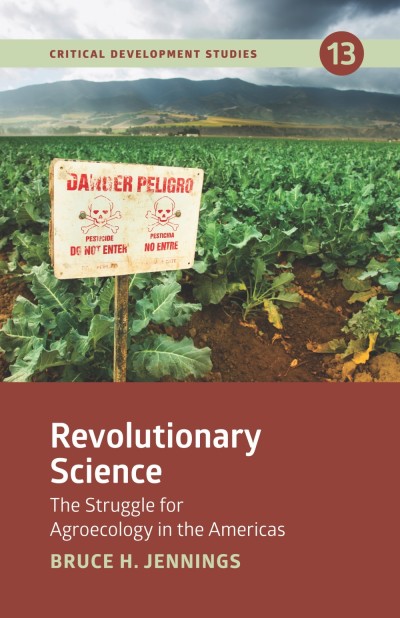
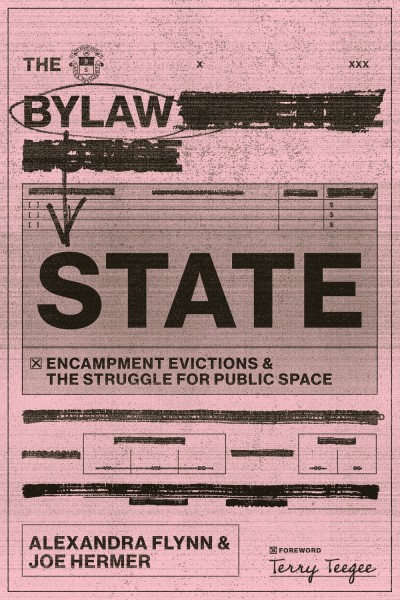
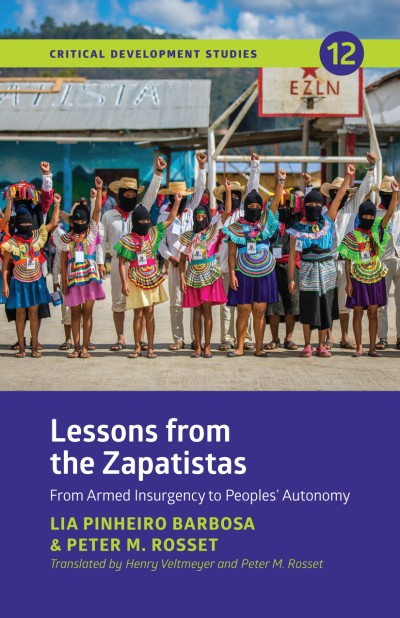
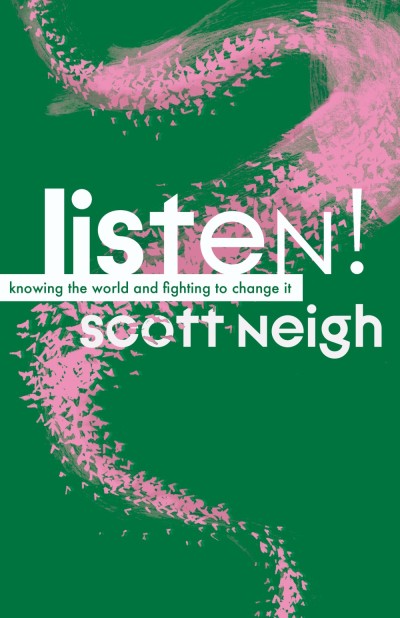
_cover-FINAL_400_600_90_s.jpg)
